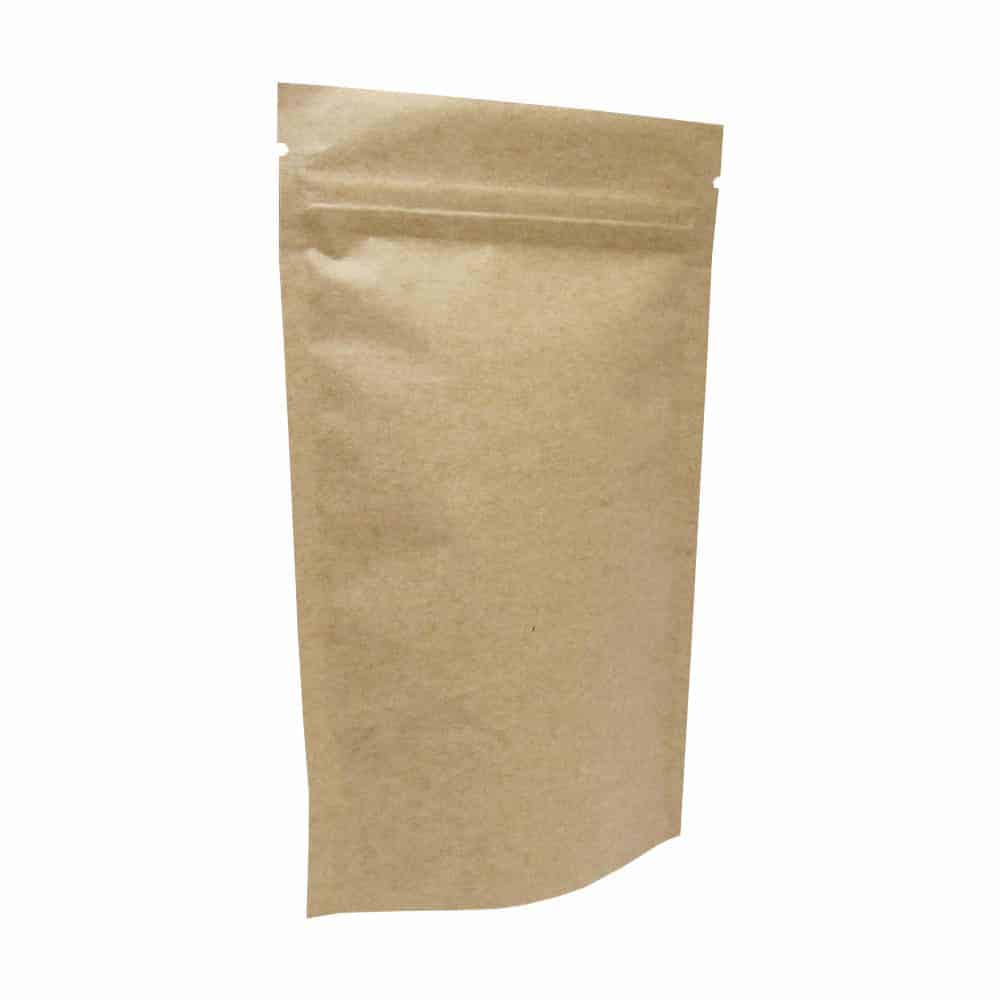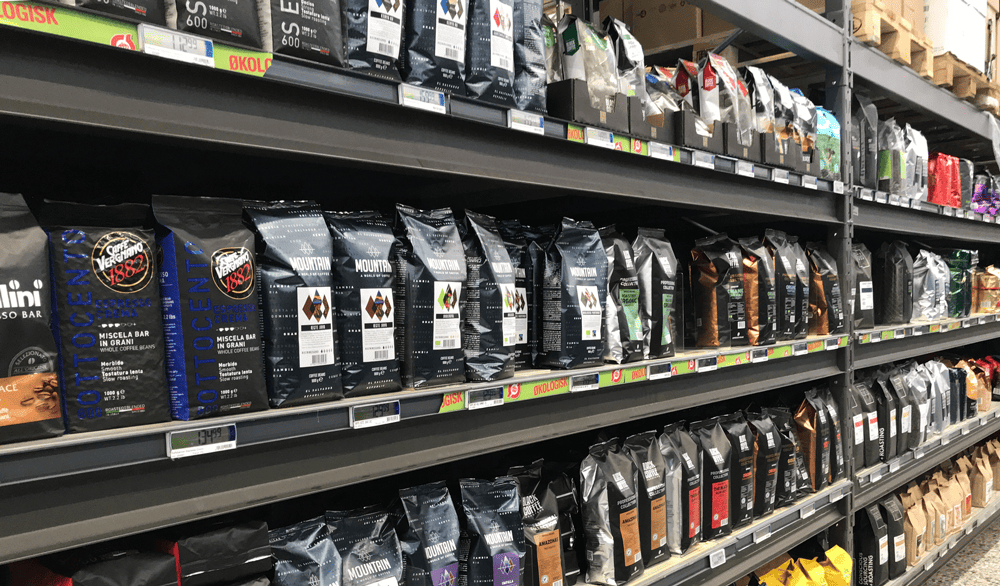Blog
How Flexible Packaging Allows for Convenience & Extends a Product’s Shelf Life.
Flexible packaging has evolved significantly in recent years, revolutionizing the way products are packaged and preserved. Manufacturers are introducing new features in flexible packaging to enhance convenience for consumers and extend the shelf life of various products. Learn about the latest developments in flexible packaging, including resealable pouches, easy-open features, and improved barrier properties.
Resealable Pouches offer Convenience to Consumers
One of the notable features in flexible packaging is the introduction of resealable pouches. Traditionally, once a package was opened, consumers had to find alternative ways to seal it, often resorting to clips, rubber bands, or even transferring the contents to another container. Resealable pouches eliminate this hassle by incorporating built-in closures that provide an airtight seal when not in use. These closures come in various forms, such as zippers, sliders, and adhesive strips, ensuring that the package remains tightly sealed after each use.
The convenience of resealable pouches extends beyond their ability to maintain product freshness. They allow consumers to easily portion out the contents, reducing waste and enhancing convenience for on-the-go consumption. Additionally, resealable pouches offer the advantage of preventing spills and maintaining product integrity during transportation and storage.
Easy to Open Bags Help Keep Food Fresh

Opening packaging can sometimes be a frustrating experience, especially when it involves tearing or cutting through multiple layers. To address this issue, flexible packaging manufacturers have introduced easy-open features that simplify the opening process while maintaining product safety.
Easy-tear notches and perforations are common features in flexible packaging. These strategically placed notches allow consumers to tear open the package effortlessly, eliminating the need for scissors or sharp objects. This user-friendly feature ensures that products can be accessed quickly and conveniently, saving time and reducing the risk of accidents.
Flexible Packaging Barrier Materials Protecting Food Products
Product preservation is a crucial aspect of packaging, particularly in the food industry. Flexible packaging has made significant strides in enhancing barrier properties, protecting products from external factors such as moisture, oxygen, and light.
Advanced barrier materials and coatings are now used in flexible packaging to provide an additional layer of protection. These materials effectively block oxygen and moisture, preventing spoilage, extending shelf life, and maintaining product quality. Moreover, light-blocking properties shield light-sensitive products from degradation caused by exposure to UV rays.
The extended shelf life achieved through improved barrier properties has far-reaching benefits. It reduces food waste, enhances product availability, and enables cost-effective distribution and storage. By preserving products for longer periods, manufacturers can minimize losses and contribute to a more sustainable and efficient supply chain.
As consumers increasingly seek convenient packaging solutions that prolong product freshness, flexible packaging manufacturers continue to innovate and improve their offerings. These advancements not only cater to the evolving needs of consumers but also contribute to reducing waste and promoting sustainability.
With resealable pouches, easy-open features, and improved barrier properties, flexible packaging is redefining the way products are packaged, preserved, and consumed. As the industry continues to evolve, we can expect even more innovative solutions that prioritize convenience, product integrity, and environmental sustainability.





